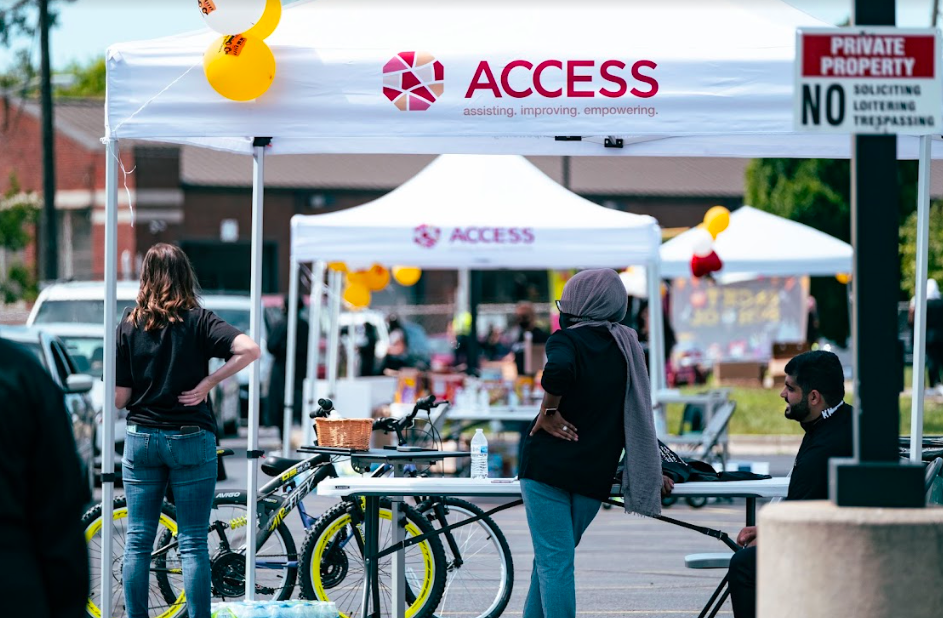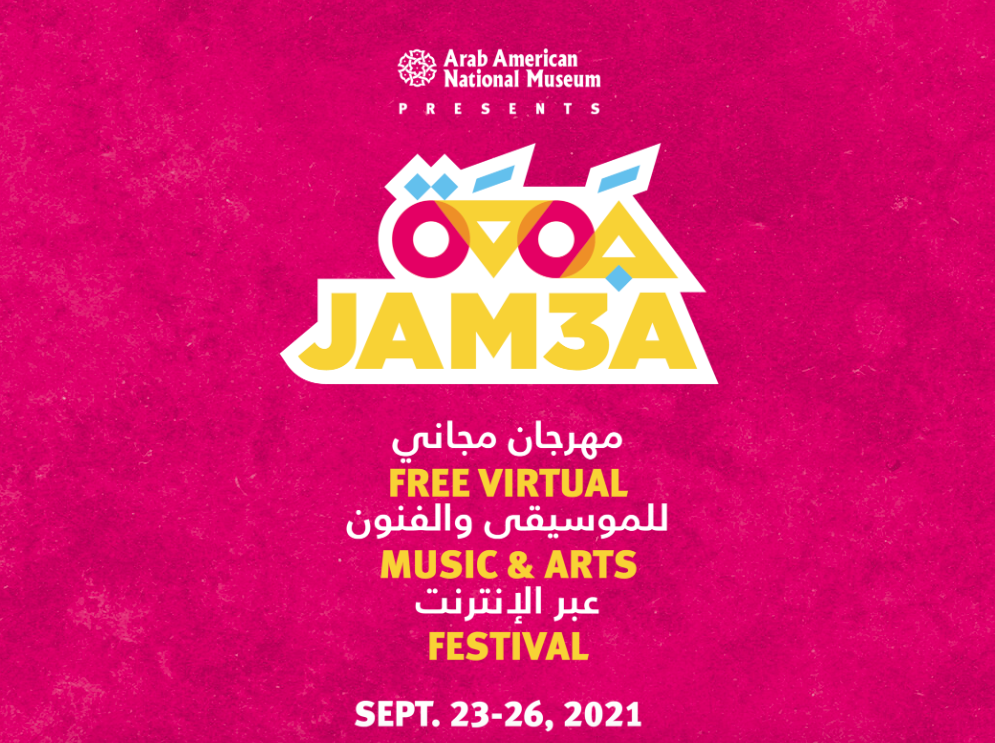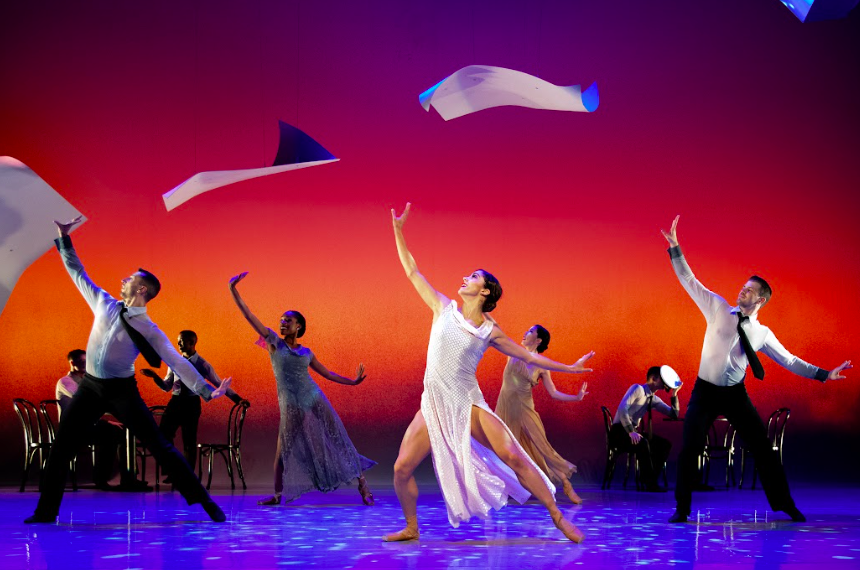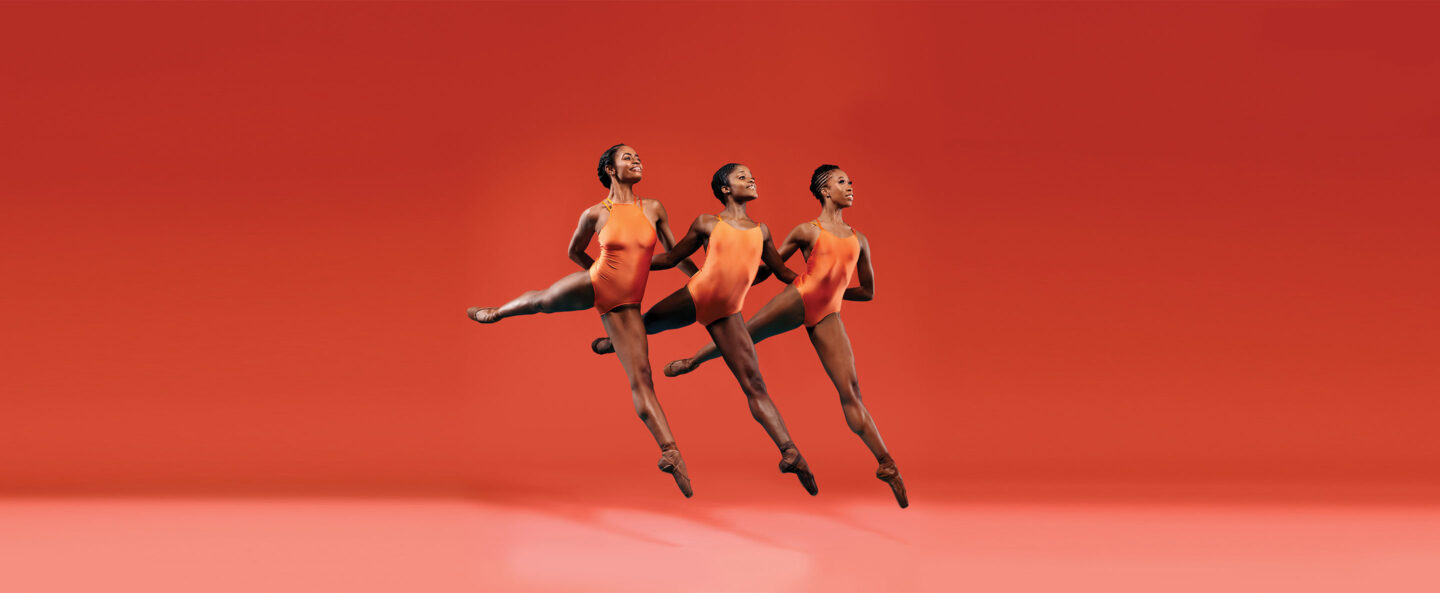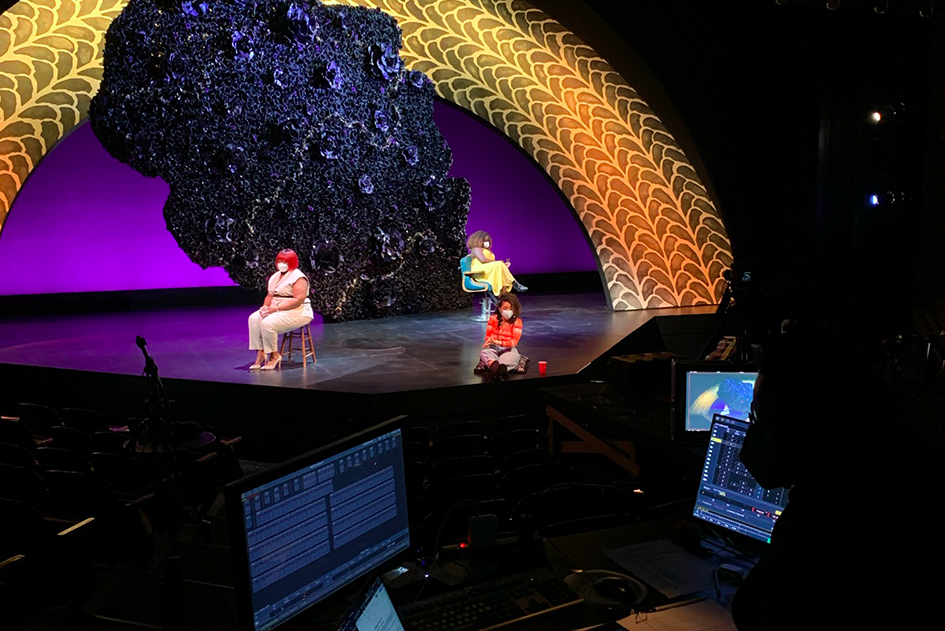Realizing its mission to connect Arab Americans nationally across diaspora.
The Arab American National Museum was founded in 2005 as the only museum in the United States created to document, preserve, and present the history, culture, and contributions of Arab Americans. The Museum actively collects and exhibits Arab American archival materials; presents performing arts, literary, film, and culinary events; and curates conversation-based programming, which together uplift Arab American culture and experience in the US from the earliest immigration in the late 19th century to today.
The Museum is an institution of ACCESS (Arab Community Center for Economic and Social Services) a 50-year-old nonprofit that provides human services in health and wellness, employment and entrepreneurship, immigration and citizenship, and educational services in 10 locations in Southeast Michigan. ACCESS also has three associated national institutions including the Museum, the Center for Arab American Philanthropy, and the National Network of Arab American Communities.
Prior to the pandemic, the Museum invested in online archives and oral histories, and had presented a single online exhibition, but digital engagement was not playing a prominent role in the organization’s efforts. That was also before Diana Abouali became director and Kathryn Grabowski became director of public programming. With the pandemic’s onset, the new team thought about their diasporic community passing their time at home and wondered how the Museum could create points of connection.
The team’s first impulse was to create ways to engage people around food and cooking, which has been a key part of the organization’s programming success. As a foray into digital engagement, the Museum connected with Instagram chefs who identified as Arab American and started sharing their feeds with the Museum’s audiences. Next, the program team created a virtual book club, recognizing that people were home reading. Noting that many Arab films are “geolocked,” the Museum offered film screenings, paying the necessary fees to share them more widely. Grabowski recalls, “Then NYU Abu Dhabi announced a virtual open mic, and so I tuned in and watched it. I realized that poetry and music are popular in the communities we serve. Poetry has such a through line. So many people are home. There is so much that poets want to get out. We did a couple of open mics and curated readings and these were very well attended. This really opened the floodgates to what could be possible.”
Since then, the Museum has offered a range of virtual programming that is reaching people in all 50 states and around the world. These initiatives are not only providing new connections but also, according to Abouali, demonstrating the role digital can play in achieving the Museum’s goal to be national in reach. Particularly noteworthy is the Museum’s JAM3A Festival, planned as in-person but transitioned instead to online in 2021. The four-day festival featured live music and conversations with the artists in popular “talk backs.” A primary goal was to reach audiences ages 18-35, and analytics showed that 80 percent of YouTube audiences were in that age bracket.
In hindsight, certain conditions that were already in place helped the digital programs accelerate. The parent organization’s media specialist, Jacob Ermete, is an experienced filmmaker and musician, and he took a strong interest in streamed programs. “He sees tech through an artistic lens,” Grabowski explains, “which makes him unique as a collaborator.” The Museum had also recently upgraded its software platforms, easing the pivot to remote work. And the Museum’s new leadership was supportive, encouraging risk-taking and the learning that could come from it.
The Museum has reopened and has received philanthropic funds to purchase cameras and other equipment needed to support online presentations. “We think about this as we are planning now,” Grabowski says. “We think about programs that will work well hybrid, what can be digital only, and what works best only in person. It’s another way of starting over, like we had to when the pandemic started.” Abouali adds, “Just knowing that we can reach a national audience, a global audience, is a huge accomplishment. Now we can think about what’s next.”

